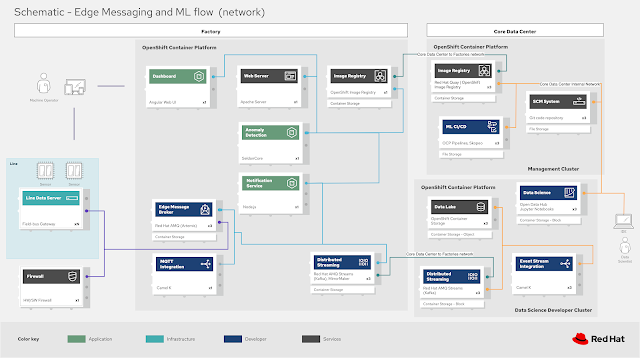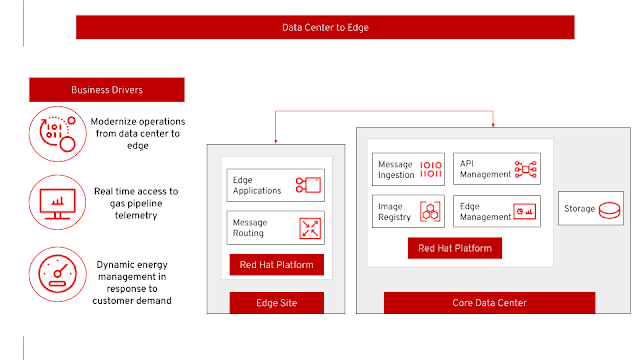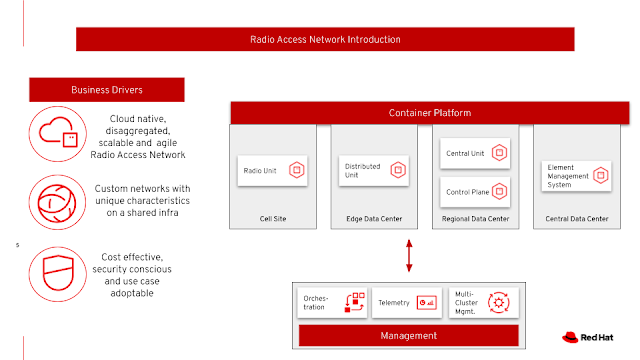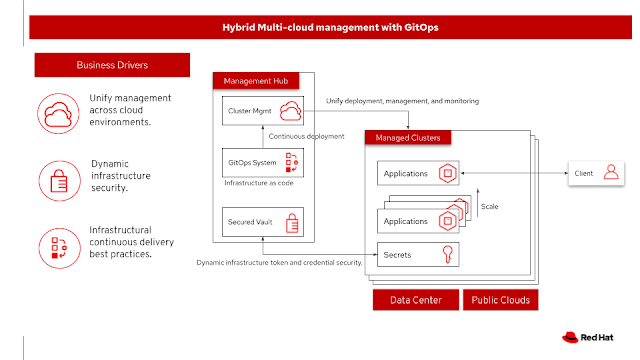Portfolio Architecture Examples: Infrastructure Collection
In this latest installment in a series about our Portfolio Architecture project, learn more about our collection that focuses on infrastructure architectures.
Join the DZone community and get the full member experience.
Join For FreeThis article is a continuation of a series of posts about our project named Portfolio Architectures. A previous post, Portfolio Architecture Examples: Healthcare Collection, begins with a project overview, introduction, and examples of tooling and workshops available for the project. You may want to refer back to that post to gain insight into the background of Portfolio Architectures before reading further.
Infrastructure Collection
The collection featured today is centered around infrastructure architectures. There are currently seven architectures in this collection and we'll provide a short overview of each, leaving the in-depth exploration as an exercise for the reader.
In each of these architecture overviews, you'll find a table of contents outlining the technologies used, several example schematic diagrams with descriptions, and a link in the last section to open the diagrams directly into the online tooling in your browser.
Cloud to Edge
This architecture covers the use case of providing a consistent infrastructure experience from cloud to edge and enabling modern containerized applications at edge.
(Note: this project is a new architecture and currently in progress, so sharing one of the schematic architecture diagrams and you can monitor this project for updates as it progresses to completion.)
This use case is bringing cloud-like capabilities to the edge locations.
Data Center to Edge
This architecture covers the use case around data center to edge where the energy (utility) infrastructure companies operate across a vast geographical area that connects the upstream drilling operations with downstream fuel processing and delivery to customers. These companies need to monitor the condition of pipelines and other infrastructure for operational safety and optimization.

The use case is bringing computing closer to the edge by monitoring for potential issues with gas pipelines (edge).
Hybrid Multicloud Management With GitOps
This architecture provides a stable and simple container platform that's secure, supports a hybrid environment, and is able to run on a multiple-cloud solution for its developers and engineers. It uses an automated infrastructure as code approach that manages versioning and enabling deployments according to the supplied configurations.
SCADA Interface Modernization
This Portfolio Architecture targets energy providers in North America that need to be compliant with NERC regulations. In order to achieve this, they decide to modernize the interfaces between their business applications and their SCADA systems. Also, this is for better consumption of information that can be used in combination with AI/ML and decision management tools to better address customer needs.
The use case is providing interfaces with SCADA systems that are compliant with NERC regulations, creating different layers of API gateways to protect business services depending on the network zones.
Telco 5G Core: On-Premise
This portfolio architecture conceives 5G Core as a set of disaggregated, cloud-native applications that communicate internally and externally over well-defined standard interfaces. Each 5GC component is implemented as a container-based application and is referred to as a cloud-native network function (CNF).
The use case is ultra-reliable, immersive experiences for people and objects when and where it matters most.
Telco 5G With Hyperscalers
Telco Radio Access Networks
5G is the latest evolution of wireless mobile technology. It can deliver a number of services from the network edge:
Enhanced Mobile Broadband (eMBB)
5G enhances data speeds and experiences with new radio capabilities like mmWave frequency spectrum for higher bandwidth allocation and theoretical throughput up to 20Gbps.
Ultra-Reliable, Low-Latency Communication (uRLLC)
5G supports vertical industry requirements, including sub-millisecond latency with less than 1 lost packet in 105 packets.
Massive Machine-Type Communications (mMTC)
5G supports cost-efficient and robust connection for up to 1 million mMTC, NB-IOT, and LTE-M devices per square kilometer without network overloading.

The use case is based on the fact that the digital transformation of mobile networks is accelerating and cloudification is increasing. Following the core network, radio access network (RAN) solutions are now taking advantage of the benefits of cloud computing.
If you are interested in more architecture solutions like these, feel free to export the Portfolio Architecture Examples repository. More architecture collections include:
Published at DZone with permission of Eric D. Schabell, DZone MVB. See the original article here.
Opinions expressed by DZone contributors are their own.





Comments